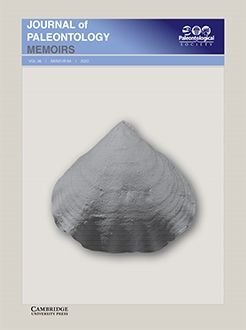Brachiopods suffered high levels of extinction during the Permian–Triassic crisis, and their diversity failed to return to Permian levels. In the aftermath of the Permian-Triassic mass extinction, brachiopods were extremely rare worldwide, especially in the southern hemisphere. Here, we report a new Early Triassic brachiopod fauna from the Selong section in southern Tibet, China. A new genus and three new species have been identified: Selongthyris plana Wang and Chen n. gen. n. sp., Piarorhynchella selongensis Wang and Chen n. sp., and Schwagerispira cheni Wang and Chen n. sp., which are typical. The ontogenies and internal structures of these three new species are described in detail. This brachiopod fauna corresponds to the Neospathodus pakistanensis and Neospathodus waageni conodont biozones and Kashmirites and Anasibirites ammonoid biozones, indicating a late Dienerian to late Smithian age. The post-extinction recovery of brachiopods in the Himalayas may have begun by the early Smithian of the Early Triassic. In addition, these species did not persist into the Spathian substage, suggesting that the newly evolved brachiopods in the southern Tethys were severely affected by the late Smithian extinction event.
How to translate text using browser tools
1 July 2022
A new Early Triassic brachiopod fauna from southern Tibet, China: Implications on brachiopod recovery and the late Smithian extinction in southern Tethys
Fengyu Wang,
Jing Chen,
Xu Dai,
Haijun Song
ACCESS THE FULL ARTICLE

Journal of Paleontology
Vol. 96 • No. sp88
July 2022
Vol. 96 • No. sp88
July 2022





